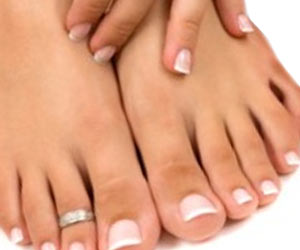Crandall added.
For the study, the team designed an innovative genomics course and then unleashed a team of 129 students who were taught to collect their own data by swabbing certain moist and oily hotspots, behind the ears, between the toes, and in the naval as well as from control dry areas like the calves and forearms. Then they extracted and sequenced the DNA in the skin samples in order to compare the microbes living in the hotspots to those in the control regions.
Advertisement
The researchers found that forearms and calves which are often cleaned more thoroughly at bath time had a greater diversity and thus potentially a healthier collection of microbes compared to the samples taken in the hotspots.
“When certain trouble-making microbes take over the microbiome they can shift the balance away from health and if the microbiome tips in favor of detrimental microbes, skin diseases like eczema or acne can be the result,” Crandall added.
Reference :
- Spatial diversity of the skin bacteriome – (https://www.frontiersin.org/articles/10.3389/fmicb.2023.1257276/full)
Source: IANS



